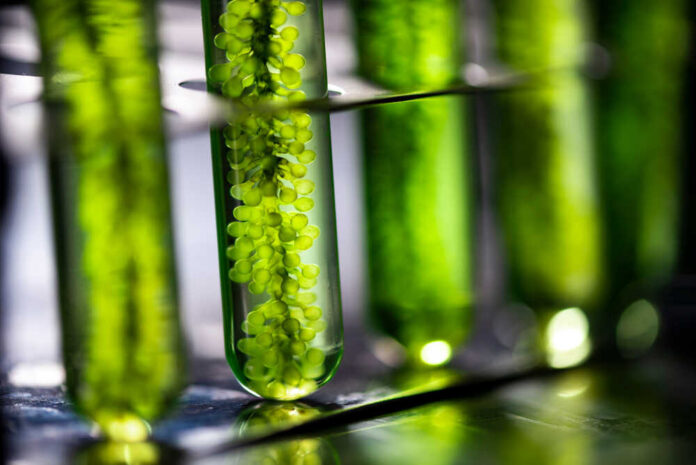
Our world is facing unprecedented challenges due to climate change and food security concerns.
The quest for eco-friendly, nutritious, and sustainable food sources has led some experts to explore the vast potential of the ocean’s most common and unassuming plants: algae.
As a versatile and nutrient-dense option, algae could become a key player in feeding the global population while minimizing environmental impact.
Rich in Essential Nutrients
Algae are nutritionally dense, providing a wide array of essential nutrients, such as vitamins, minerals, and antioxidants. They are particularly rich in omega-3 fatty acids, which have been linked to numerous health benefits, including reduced inflammation and improved heart health.
Complete Protein Source
Certain types of algae, such as spirulina and chlorella, are complete protein sources, meaning they contain all nine essential amino acids required for human health. This makes them an excellent option for vegetarians, vegans, and those looking to diversify their protein intake.
Environmental Impact of Algae Production
One of the main advantages of algae as a food source is its minimal environmental impact. Here are some reasons why algae are considered a sustainable option:
Low Carbon Footprint
Algae cultivation requires less land, water, and resources compared to traditional agriculture, resulting in a lower carbon footprint. Furthermore, algae can absorb carbon dioxide and release oxygen through photosynthesis, potentially mitigating the effects of climate change.
Water Conservation
Algae can grow in saltwater, freshwater, or even wastewater, conserving precious freshwater resources. They can also purify wastewater by removing harmful contaminants, providing an additional environmental benefit.
No Competition with Food Crops
Algae production does not compete with traditional food crops for arable land. Instead, it can be cultivated in areas unsuitable for agriculture, reducing the pressure on existing farmland and forests.
Carbon Sequestration
Algae naturally sequester carbon dioxide (CO2) from the atmosphere during photosynthesis, helping to reduce greenhouse gas emissions. Some algae species are particularly efficient at carbon capture, making them a valuable tool in the fight against climate change.
Efficient Growth
Algae grow quickly, with some species doubling their biomass in just a few hours. This rapid growth allows for high yields of biomass, which can be harvested and processed into various food products.
Challenges and Future Developments
While algae hold great promise as a sustainable and nutritious food source, there are several challenges to overcome:
- Taste and texture: Some algae products have strong flavors or unusual textures that may be off-putting to consumers. Further research and development are needed to improve the palatability of algae-based foods.
- Large-scale production: While algae can be grown in a variety of conditions, scaling up production to meet global demand requires further innovation and investment in infrastructure.
- Regulatory framework: As a relatively new food source, algae-based products may face regulatory hurdles in some regions. Establishing clear guidelines and standards for the production and consumption of algae will be essential for their widespread adoption.
As researchers, industry leaders, and consumers continue to explore the benefits of algae, we may well see a greener and healthier future on the horizon.






















